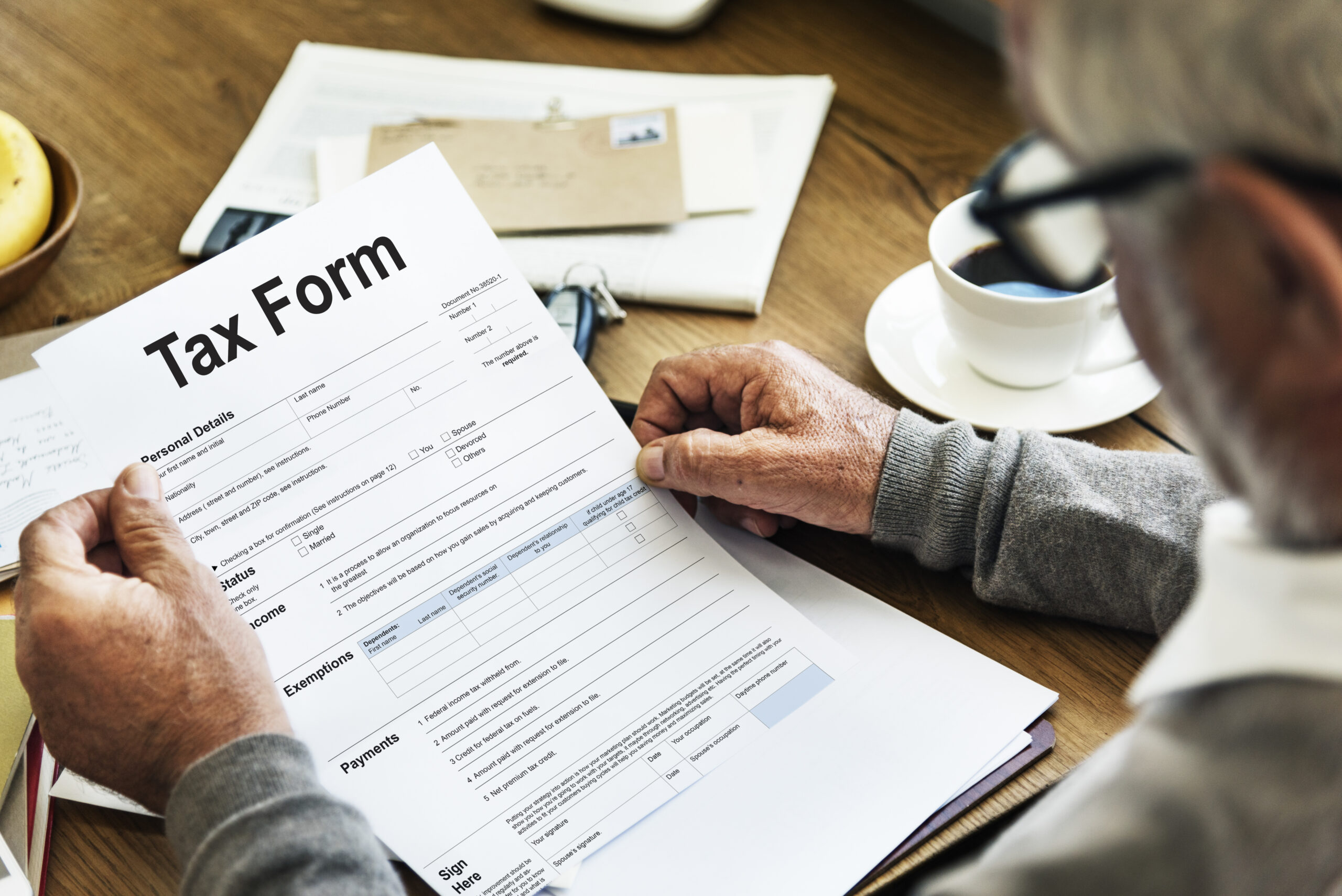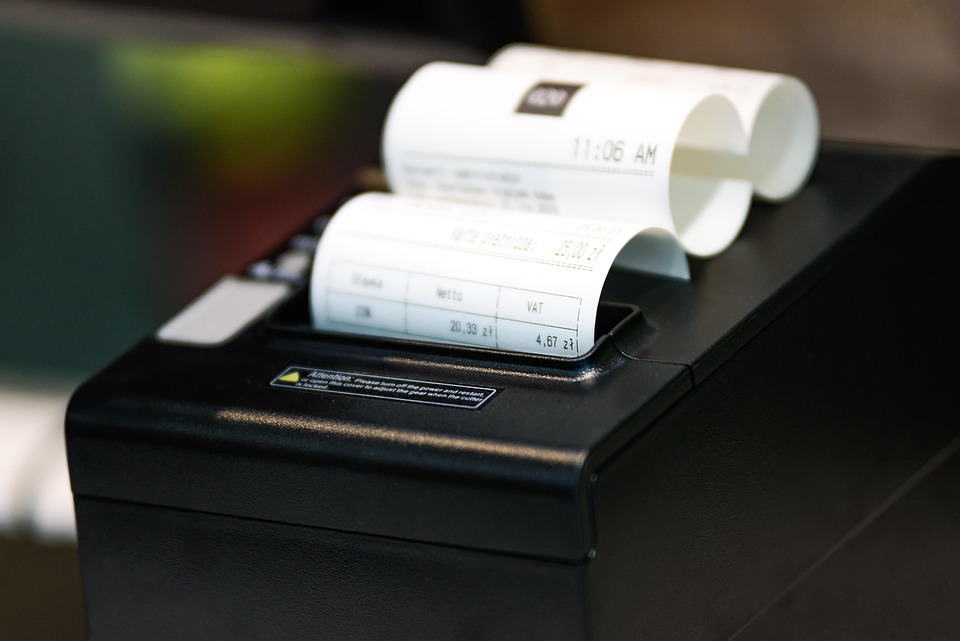Understanding the Tax Filing Process
The tax filing process in the United States is a structured procedure that requires individuals to report their income and pay applicable taxes to the federal government. Understanding this process is essential, as it not only helps ensure compliance with tax laws but also maximizes potential refunds or minimizes liabilities. One of the first steps in navigating the filing process is determining your filing status, which can significantly affect your tax obligations and eligibility for various deductions and credits.
Filing status categories include single, married filing jointly, married filing separately, head of household, and qualifying widow(er). Each status comes with its specific tax brackets and benefits, making it important to select the correct one based on your circumstances. Additionally, it is crucial to identify all sources of income accurately, such as wages, dividends, interest, and self-employment earnings, as this information will directly influence your tax calculations.
When preparing your tax return, you will encounter several forms, with the Form 1040 serving as the primary one for most taxpayers. Variants of this form include the 1040A and 1040EZ, which cater to different income levels and complexities. The 1040A is designed for taxpayers with less complicated tax situations, while the 1040EZ is simplified further, available to those who meet specific income and filing criteria. Being aware of which form best fits your situation can streamline the filing process significantly.
Tax deadlines are another critical component of the tax filing process. Generally, the federal tax return deadline is April 15, although it may be extended under certain circumstances. Keeping track of these deadlines ensures that you avoid penalties and interest charges associated with late filing. By understanding the essential elements of the tax filing process, individuals can better prepare for their annual tax obligations, fostering a smoother filing experience.
Gathering Required Documents
Filing your 2026 U.S. tax return necessitates careful preparation, particularly in gathering the required documents. A well-organized collection of paperwork is pivotal to ensuring a smooth and accurate filing process. The following is a detailed checklist of documents you will need.
Firstly, if you are employed, obtaining your W-2 forms is essential. These documents report your annual earnings and the taxes withheld from your salary. Make sure to gather W-2 forms from all employers for the relevant tax year. If you’re a freelancer or part of the gig economy, collect all 1099 forms. These forms will report your income from self-employment, contract work, or independent jobs. Each 1099 will reflect payments made to you by different clients or platforms, so getting your hands on these is crucial.
Next, documents that substantiate your deductions are equally important. This may include receipts for business expenses, medical bills, or educational costs. If you have made significant purchases related to work or received reimbursements, ensure these records are kept organized. Additionally, gather records related to any tax credits you are eligible for, such as education expenses or energy-efficient home improvements.
Don’t overlook other essential documents such as bank and investment statements, as well as records of rental income if you own rental properties. If you’ve claimed mortgage interest, gather the necessary paperwork related to your mortgage payments. Furthermore, keep a record of health insurance coverage; this may be relevant for specific deductions and credits.
Lastly, creating a checklist of all these documents can aid in tracking what you have collected and what still needs to be gathered. Taking the time to ensure all necessary paperwork is at hand will streamline the filing process and help you maximize your tax return. Being organized will not only save you time but will also reduce the likelihood of errors during submission.
Choosing the Right Tax Form
Selecting the appropriate tax form is a crucial step in preparing your 2026 U.S. tax return, as it can significantly impact the efficiency and accuracy of your filing process. The main forms individuals may consider are the IRS Form 1040, 1040A, and 1040EZ. Each form caters to different financial situations and varies in complexity, ultimately making it essential to choose the right one based on your individual circumstances.
The IRS Form 1040 is the most common and comprehensive form, suitable for individuals with a variety of income sources, as well as those who wish to claim a wide range of deductions and credits. This form is ideal for taxpayers with complex situations, such as self-employment income or itemized deductions. If you are managing different income streams or intend to claim various tax benefits, the 1040 form will be your go-to option.
The 1040A serves as a simplified version that is appropriate for taxpayers with less complicated financial situations. It is well-suited for those with taxable income that falls under the defined limits and who do not need to itemize their deductions. Individuals who plan to claim certain credits, like the Earned Income Credit, may also find this form applicable for their needs.
Lastly, the 1040EZ is the simplest of the three forms, designed for younger or less financially complex taxpayers whose income consists solely of wages or a few other sources. It is essential to ensure that your adjusted gross income falls within the specified thresholds and that you do not have any major deductions to claim.
Further, individuals engaging in self-employment should be aware of the necessity to utilize additional schedules, such as Schedule C, to report business income accurately. Understanding which tax form best suits your situation is crucial for a smooth tax filing process and to maximize potential refunds or minimize tax liabilities.
Filling Out Your Personal Information
Correctly entering personal information on your 2026 U.S. Tax Return is a crucial step in the tax filing process. Accurate data entry ensures that your return is processed efficiently, minimizing the chances of delays or complications with the Internal Revenue Service (IRS). Begin with your full legal name as it appears on your Social Security card. If you are filing a joint return, include your spouse’s name in the appropriate field. It is essential to double-check the spelling, as errors can lead to significant issues during processing.
Next, you will need to provide your current mailing address. Ensure that the address is up-to-date and matches the one registered with the IRS. This information is pivotal, as it dictates where critical correspondence regarding your tax return will be sent. Be cautious with abbreviations and ensure the address follows conventional formatting, which helps to prevent any mail being misrouted.
The inclusion of Social Security numbers (SSNs) for yourself and any dependents is another critical step. Ensure that each number is entered correctly, as mismatched or incorrect SSNs can delay your refund or lead to other complications. For dependents, confirm that their names and SSNs are accurate and match the documentation supporting their eligibility for tax credits or deductions.
Your filing status is another important element. It determines your tax rate and various benefits you may be entitled to. Choose the filing status that best fits your situation: single, married filing jointly, married filing separately, head of household, or qualifying widow(er). Misclassifying your status can lead to overpayment or underpayment of taxes.
In summary, meticulous attention to detail when filling out your personal information on your tax return is essential. By avoiding common mistakes and ensuring accuracy in every section, you can help facilitate a smooth tax filing experience, thereby eliminating potential problems with the IRS.
Reporting Your Income
When completing your 2026 U.S. tax return, accurately reporting your income is a critical step that will ultimately determine your tax liability. This includes a variety of income sources: wages, interest, dividends, rental income, and any other taxable income. Understanding where to locate and how to report this information is essential for compliance with tax regulations.
Your wages are typically documented on Form W-2, which your employer sends at the end of the year. This form outlines the total earnings you received and the taxes that have already been withheld. Ensure that the amounts shown on your W-2 align with your personal financial records. For self-employed individuals or freelancers, income is reported through Form 1099-NEC, which serves a similar purpose, indicating the total amount earned from clients or customers.
Interest and dividends are generally reported on Forms 1099-INT and 1099-DIV, respectively. These documents detail the income earned from savings accounts, bonds, and stock investments. Make sure to review these forms carefully for accuracy, as discrepancies can lead to underreporting or overreporting of income. If you have rental properties, it’s important to keep track of the rental income you receive, as well as any allowable deductions related to the property, such as maintenance and management fees. This information can usually be recorded on Schedule E of your tax return.
Any other taxable income should also be considered, such as unemployment benefits, alimony received, or gambling winnings, which may be reported on various forms depending on their nature. It is vital to remember that all sources of taxable income contribute to your total income for the year. By gathering the necessary documentation and ensuring all income is reported correctly, you help to facilitate a smoother filing process and mitigate potential issues with the IRS.
Claiming Deductions and Credits
When navigating the tax landscape for your 2026 U.S. tax return, it is crucial to understand the difference between tax deductions and tax credits, as both can significantly impact your overall tax liability. Tax deductions reduce your taxable income, thereby decreasing the amount of income that is subject to taxes. In contrast, tax credits provide a dollar-for-dollar reduction of your total tax bill. Therefore, maximizing both deductions and credits is essential for optimizing your tax return.
Common tax deductions include student loan interest, mortgage interest, and contributions to retirement accounts. The student loan interest deduction allows eligible taxpayers to deduct up to $2,500 of interest paid on qualified student loans. Mortgage interest, typically reported on Form 1098, can also be deducted, which is particularly advantageous for homeowners. Additionally, retirement account contributions can lead to deductions that lower taxable income and encourage long-term savings.
On the other hand, tax credits such as the Child Tax Credit and the Earned Income Tax Credit are designed to benefit specific groups of taxpayers. The Child Tax Credit provides a substantial credit for each qualifying dependent under the age of 17, potentially offering a significant reduction in tax liabilities. The Earned Income Tax Credit is particularly beneficial for low-to-moderate-income individuals and families, as it can result in a sizable refund even if no income tax is owed.
To accurately claim these deductions and credits, taxpayers should gather required documentation, such as Form 1098 for mortgage interest, 1098-E for student loans, and proof of income for credits. Organizing personal financial information and consulting IRS guidelines can greatly assist in determining eligibility. Understanding these distinctions and requirements will aid in maximizing your tax return and ensuring compliance with tax regulations.
Calculating Your Tax Liability
Your tax liability is the total amount of tax you owe to the government, and accurately calculating it is crucial for your financial planning. To determine your tax liability for the 2026 U.S. tax return, you will need to gather your income information and understand the applicable tax brackets. The U.S. operates on a progressive tax system, meaning that different portions of your income are taxed at different rates. Familiarity with these tax brackets will enable you to assess which rate applies to various segments of your income.
To begin calculating your tax liability, your first step is to total your taxable income. This is typically your gross income minus any applicable deductions or exemptions. Once you have your taxable income, you can reference the IRS tax tables or use an online calculator to find out how much you owe. The tax tables provide a clear breakdown based on your filing status—single, married filing jointly, married filing separately, or head of household—and outline the specific rates for each income range.
Moreover, it is essential to remember that additional taxes may apply based on your financial situation. For instance, if you are self-employed, you will need to calculate self-employment tax, which covers Social Security and Medicare taxes. Additionally, if your income exceeds certain thresholds, you may be subject to the additional Medicare tax, which is an extra tax on high earners. By incorporating these factors into your calculations, you can arrive at a more accurate estimate of your tax liability.
Ultimately, understanding the complexities of your tax liability will not only help clarify how much you owe but may also reveal potential areas for refunds. This knowledge can aid you in financial planning and ensure better compliance with tax regulations in your 2026 U.S. tax return. Assess your situation carefully and consider consulting a tax professional if you encounter complications.
Reviewing Your Tax Return
Once you have completed your 2026 U.S. tax return, it is crucial to undertake a thorough review process before submission. This step is vital for ensuring that your filing is accurate, complete, and free of errors that could lead to complications with the Internal Revenue Service (IRS). To facilitate this, consider utilizing a comprehensive checklist that encompasses all sections of the return. This checklist should guide you through verifying personal information, income sources, deductions, and credits claimed.
During your review, pay particular attention to common mistakes that taxpayers often make, such as transposing numbers, incorrect Social Security numbers, and missed signatures. Additionally, ensuring that all necessary forms and schedules are attached is paramount. Failing to include a required document can result in delays or the rejection of your return.
Arithmetic errors are another frequent source of problems when filing taxes. It is recommended to double-check your calculations meticulously. If you are using a manual method, take the time to re-add figures and confirm that the computations align with the information reported throughout your tax forms. Moreover, tax software programs can significantly reduce the likelihood of such errors, as they often include automatic checks for accuracy.
Furthermore, engaging a second pair of eyes to review your tax return can be invaluable. A friend or family member may catch mistakes that you might have overlooked. Alternatively, consider enlisting the services of a tax professional who can provide insights and verify the integrity of your submission. Their expertise can be especially beneficial in identifying areas for potential tax savings as well as ensuring compliance with current tax laws.
In summary, taking the time to thoroughly review your tax return can lead to a more efficient filing process and help avoid future complications.
Filing Your Tax Return and Payment Options
When it comes to filing your 2026 U.S. tax return, taxpayers have multiple options to choose from. The two primary methods of filing include e-filing and submitting a paper return via mail. E-filing has gained significant popularity due to its convenience, speed, and the ability to receive a confirmation once your return has been processed. Numerous tax software programs and online services facilitate the e-filing process, often guiding users step-by-step to ensure accuracy and compliance with current tax regulations. This method typically results in faster refunds if you are expecting one.
For those who prefer a traditional approach, mailing a paper tax return is still an option. It is important to use the correct address for the IRS based on your state of residence, as well as to ensure that all forms are completed accurately. If you choose to mail your return, consider sending it via certified mail to obtain proof of delivery. Regardless of your filing method, ensuring that you understand the deductions, credits, and obligations related to your tax return is crucial to minimize errors and optimize your tax outcome.
Once your return is filed, the next step involves paying any taxes owed to the IRS. Payment can be made conveniently online through the IRS website, which offers various options including direct debit, credit card payments, and electronic funds withdrawal. For those facing financial difficulties, the IRS provides payment plan options that allow taxpayers to pay their balance over time. It is important to note that failing to pay taxes by the due date may incur interest and penalties, adding to the amount owed.
Finally, if you are expecting a refund, the IRS typically processes refunds within a few weeks for e-filed returns. You can track the status of your refund using the IRS’s “Where’s My Refund?” tool, which provides updates on when to expect payment. Understanding these filing and payment methods not only ensures compliance but also enhances your overall tax experience for the 2026 tax year.







Leave a Reply
You must be logged in to post a comment.